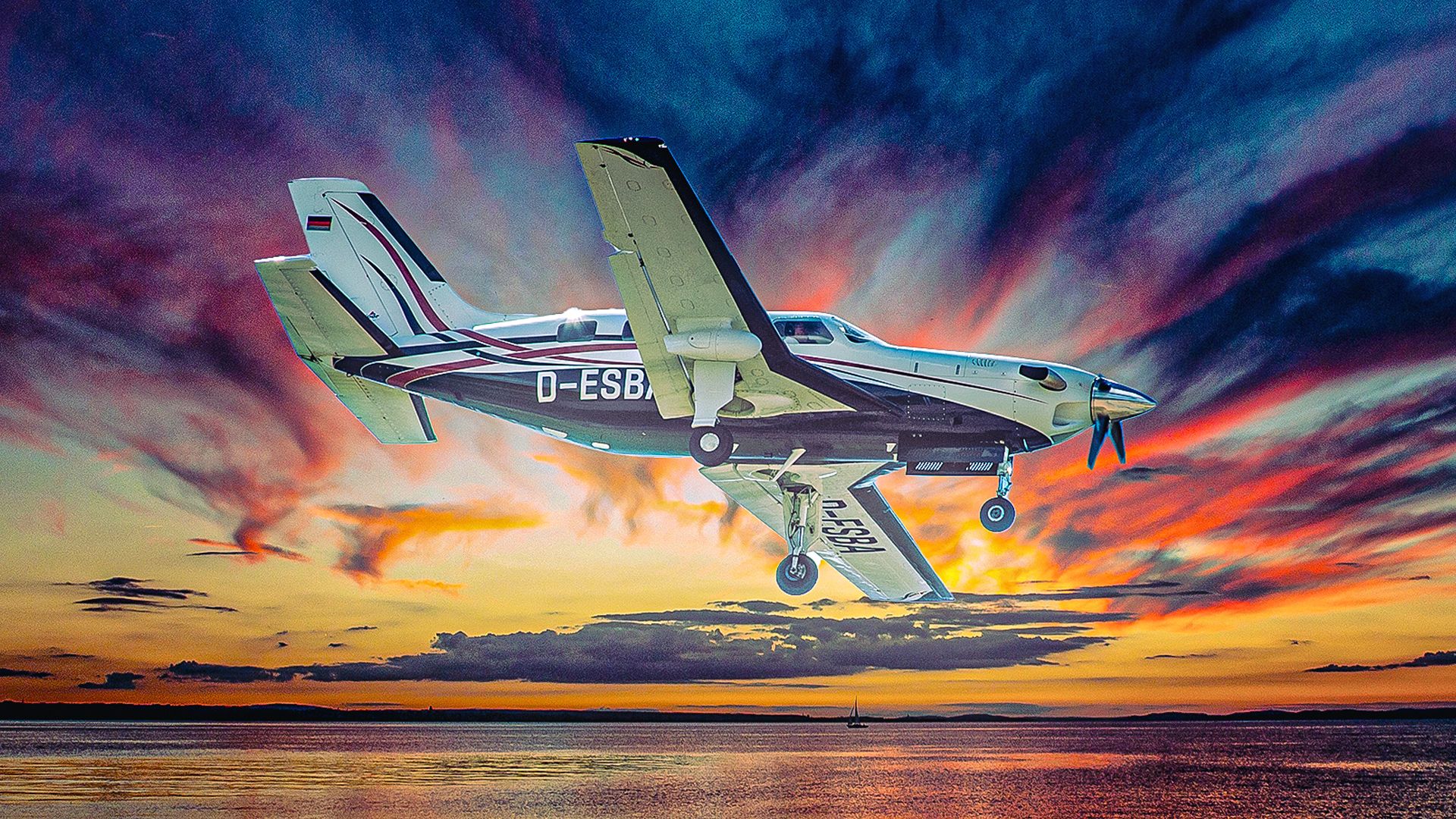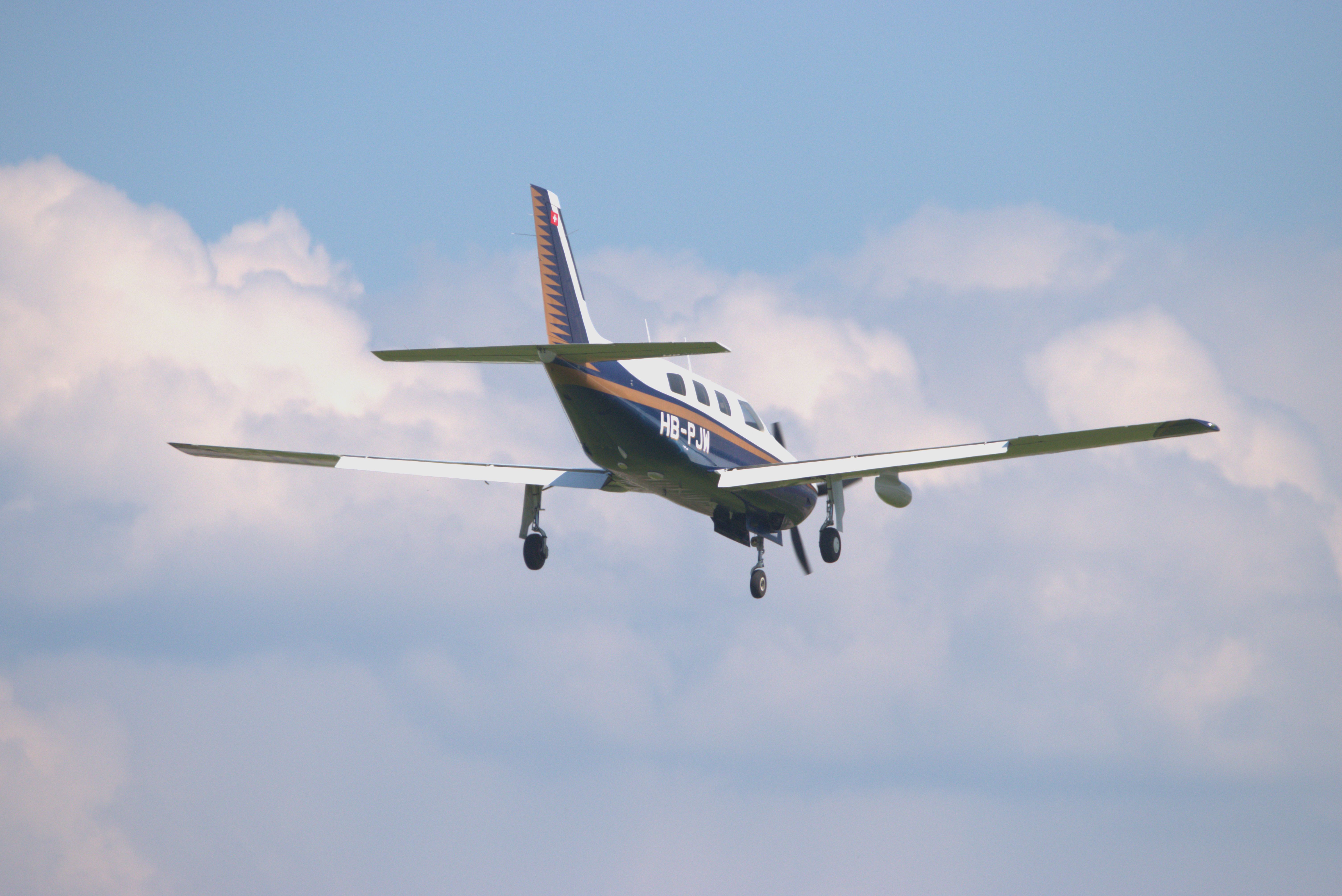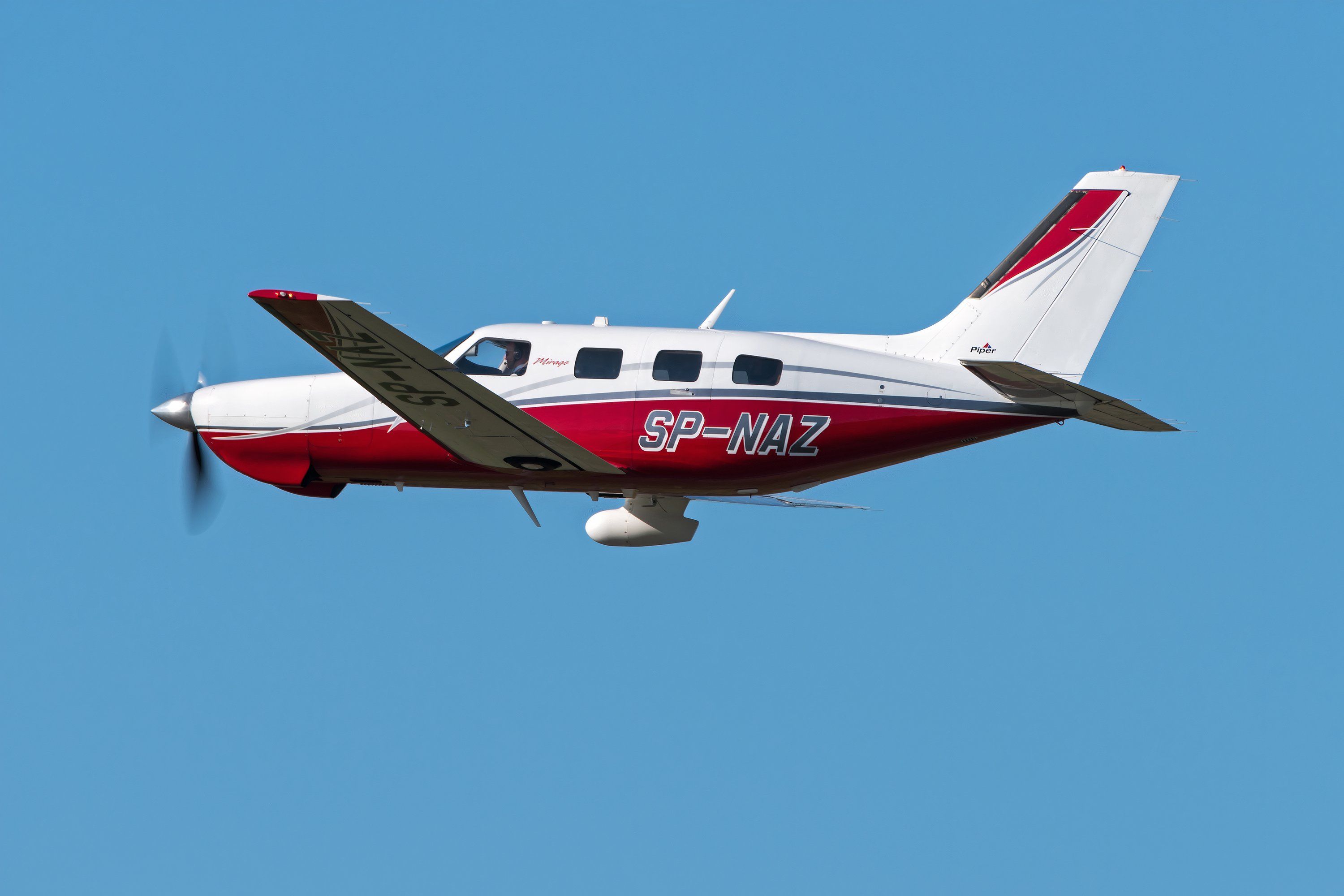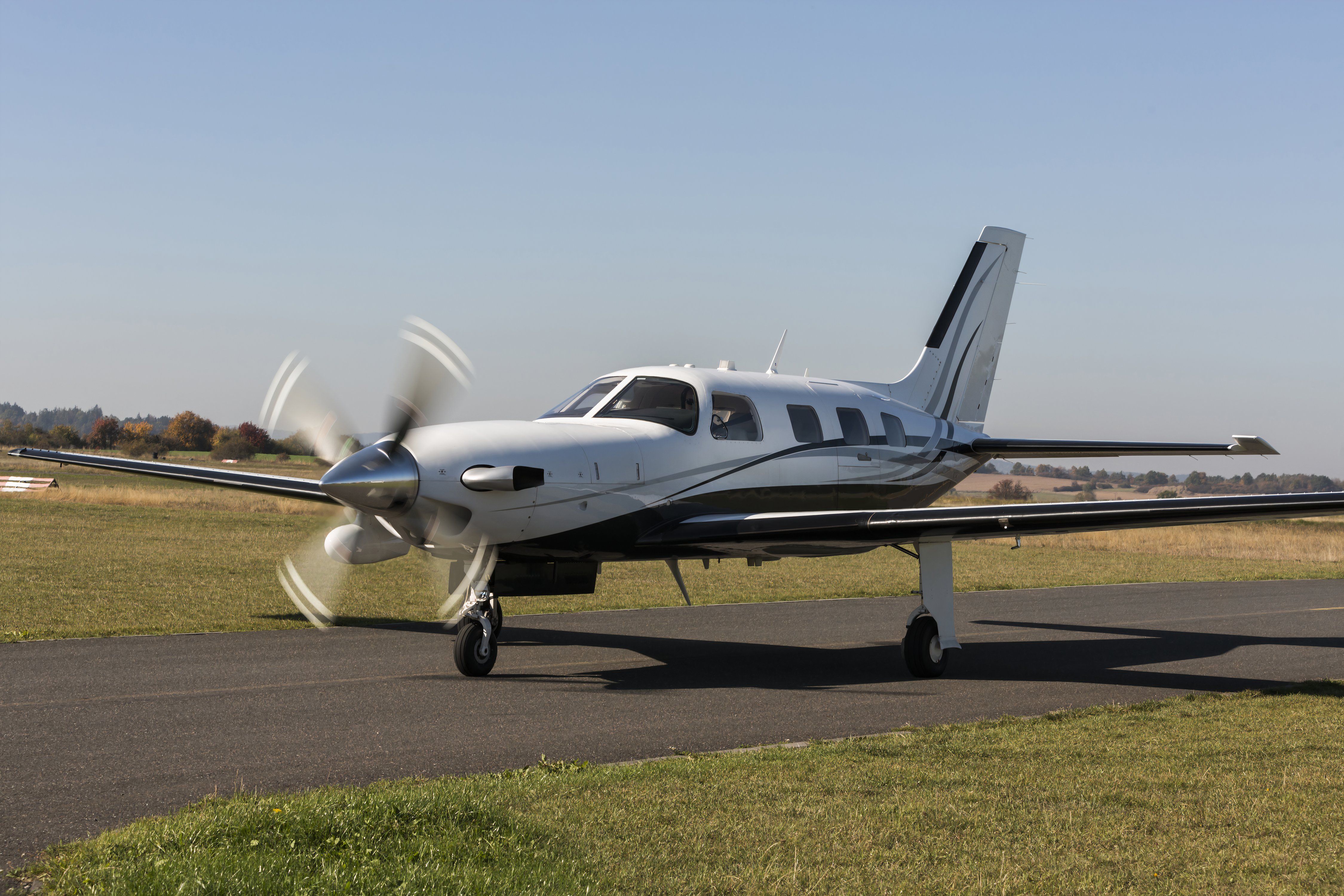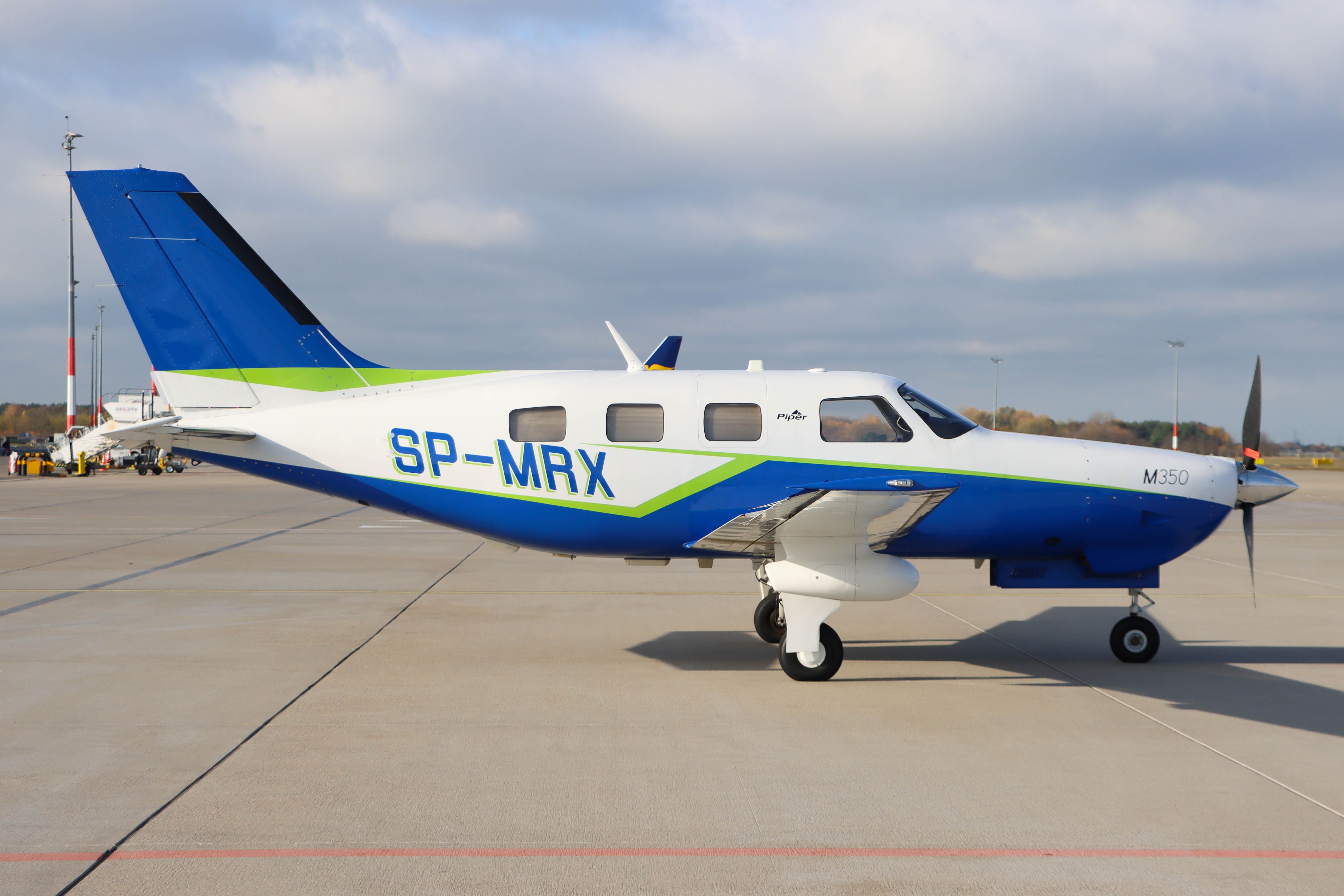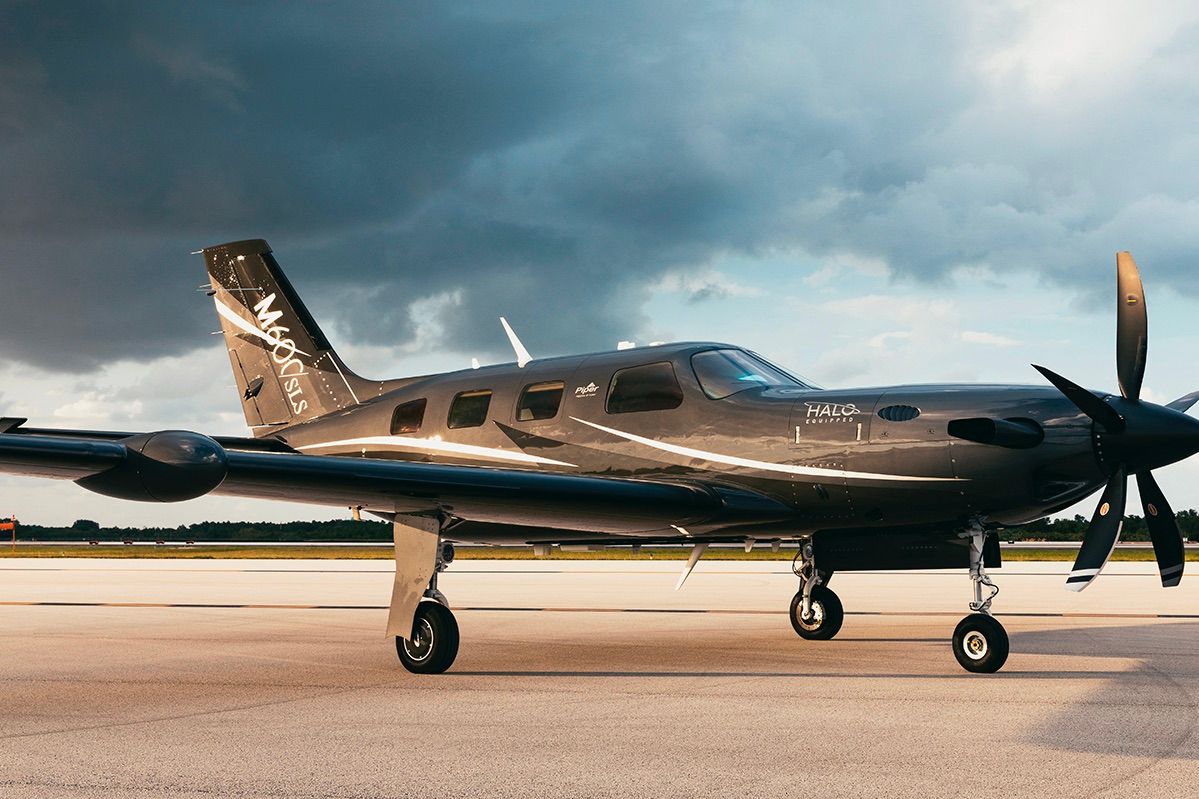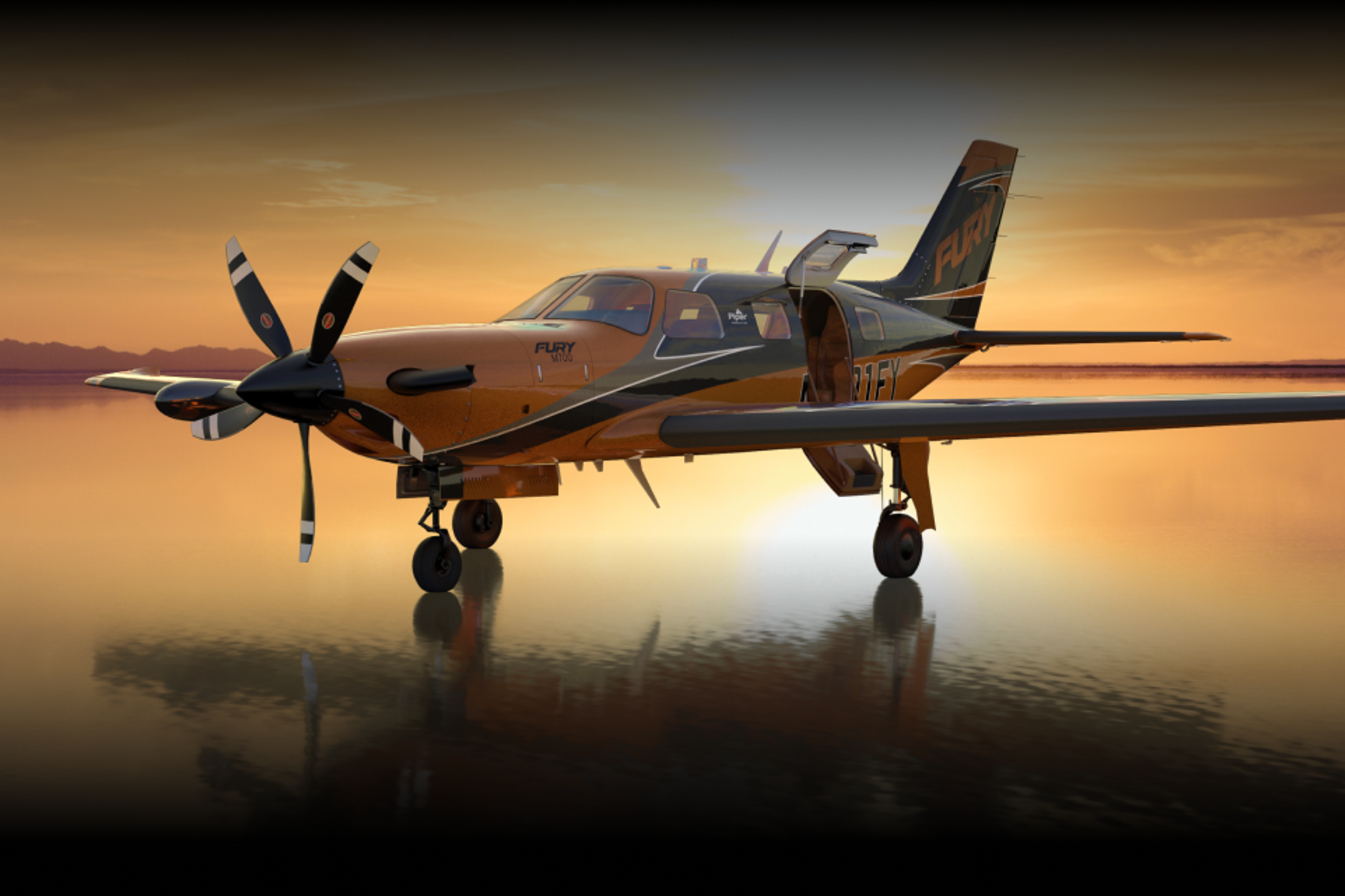Summary
- Piper Aircraft has a rich history dating back nearly 100 years, with the well-known M-Class series starting in the 1980s.
- The M-Class includes various models such as the Piper Malibu, Malibu Mirage, Matrix, Meridian, M350, M500, M600, and the newest M700 Fury.
- Each model offers unique features and improvements, from engine upgrades to avionics enhancements, catering to diverse aviation needs.
Piper Aircraft is one of the most notable general aviation aircraft manufacturers in the United States. The Vero Beach, Florida-based company has been designing and building aircraft since the late 1920s, nearly 100 years ago. The company’s large product list of aircraft includes the Piper Cub, the Piper Cherokee, the Piper Seneca, and the Piper Apache, among others.
However, one of the most popular families of aircraft that Piper has produced is the Piper M-Class. This family of aircraft is designated as the PA-46 series and began in the early 1980s. Let’s take a look at this extensive set of aircraft and what variants are included in the Piper M-Class.
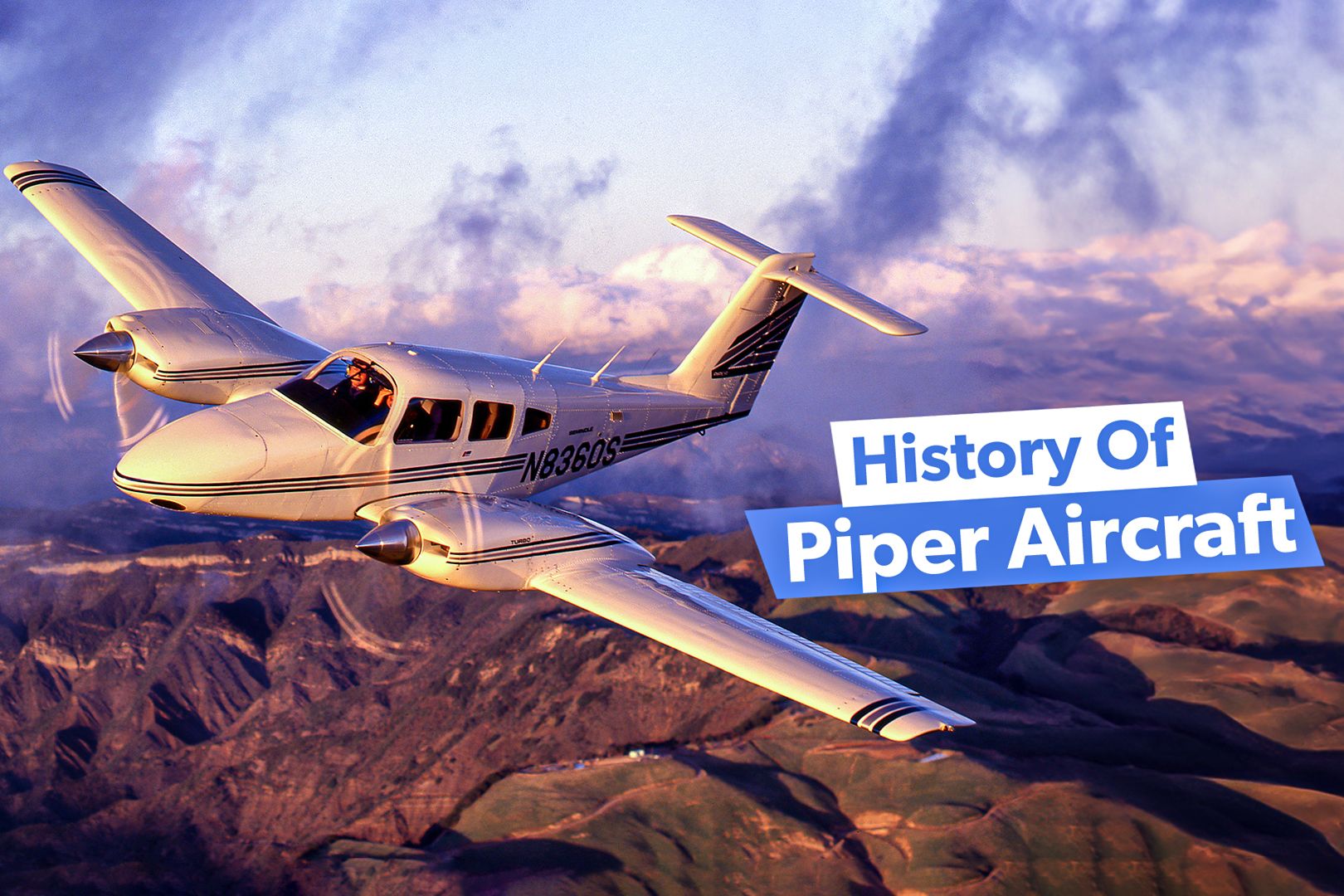
Related
A Look At The History Of Piper Aircraft
The company was initially founded nearly 100 years ago.
Piper Malibu
Year introduced: 1983
The original aircraft that feeds the M-Class is the Piper PA-46 Malibu. This aircraft was piston-powered with a pressurized cabin, making it the third of this kind in production. It flew for the first time in August 1982 and was certified by the Federal Aviation Administration (FAA) the following year.
Photo: Robert Buchel / Shutterstock
This aircraft is powered by the Continental TSIO-520BE piston engine, which powers the aircraft at 310 horsepower. After its introduction, the Piper Malibu set several speed records for times on a closed course. The Piper Malibu has the following performance specifications:
|
Length |
28.21 feet |
|---|---|
|
Height |
11.15 feet |
|
Wingspan |
42.98 feet |
|
Maximum takeoff weight (MTOW) |
5,000 pounds |
|
Maximum cruise speed |
234 knots (270 miles per hour) |
|
Range |
1,550 nautical miles (1,784 miles) |
|
Service ceiling |
30,000 feet |
Piper Malibu Mirage
Year introduced: 1988
The original Piper Malibu was discontinued in 1988 due to ongoing engine issues. Engine failures caused several accidents. Because of this, Piper introduced the Piper Malibu Mirage to replace it. Piper instead utilized a more powerful Lycoming engine, designated the Lycoming TIO-540-AE2A piston engine. This engine provided the Piper Malibu Mirage with 350 horsepower.
Photo: Konwicki Marcin | Shutterstock
Other upgrades to the aircraft include a newly designed wing and an upgraded avionics system. However, even with the addition of a new engine, Malibu Mirage operators still suffered from reliability issues caused by the engine, including a massive crankshaft recall by Lycoming in the early 2000s.
Piper Matrix
Year introduced: 2008
Late in the 2000s, Piper expanded its M-Class with the Piper Matrix. This was an unpressurized version of the Malibu Mirage, with additional upgrades. Some of these upgrades include:
- Retractable landing gear
- Turbocharging engine
- Built-in oxygen system
- Air conditioning
The aircraft also comes standard with a Lycoming TIO-540-AE2A turboprop engine, which provides over 350 horsepower. This helps the aircraft reach a top speed of 215 knots (248 miles per hour) at its top altitude of 25,000 feet. Inside the cockpit, the aircraft uses the Avidyne Entegra glass cockpit, which comes with an S-Tec 55X autopilot.
Photo: Nadezda Murmakova | Shutterstock
Piper Malibu Meridian
Year introduced: 2000
By the early 2000s, Piper had officially introduced two Piper Malibu variants but had engine issues with both. Instead, Piper leaned into the turboprop type of engine for its next variant. The Piper Malibu Meridian was powered by the reliable Pratt & Whitney Canada PT6A turboprop engine. This engine provided over 500 shaft horsepower and helped the aircraft achieve the following specifications:
|
Length |
29 feet seven inches |
|---|---|
|
Height |
11 feet four inches |
|
Wingspan |
43 feet |
|
Maximum takeoff weight (MTOW) |
5,092 pounds |
|
Maximum cruise speed |
262 knots (302 miles per hour) |
|
Range |
960 nautical miles (1,105 miles) |
|
Service ceiling |
25,000 feet |
To accommodate the increase in power, Piper designed a new wing. This new wing also increased the fuel capacity, which in turn increased the maximum takeoff weight. Newer variants also feature the Garmin G1000 avionics suite.
M350
Year introduced: 2015
The Piper M350 was the first aircraft that Piper introduced after beginning to call the family of aircraft the M-Class. The M350 is a direct upgrade from the Mirage, which features significant improvements. However, it still utilizes the Lycoming TIO-540-AE2A engine, which provides 350 horsepower, and it utilizes the same propeller, a three-bladed Hartzell prop.
Photo: MS_Digital | Shutterstock
Piper upgraded many of the performance specifications prior to introducing the M350. This includes a digital fuel quantity system and the introduction of the Garmin G1000 NXi flight system. This avionics suite includes envelope protection and the ability to emergency descend if the pilot becomes incapacitated due to hypoxia. Additionally, the aircraft can fly 213 knots (245 miles per hour) and reach up to 1,343 nautical miles (1,545 miles).
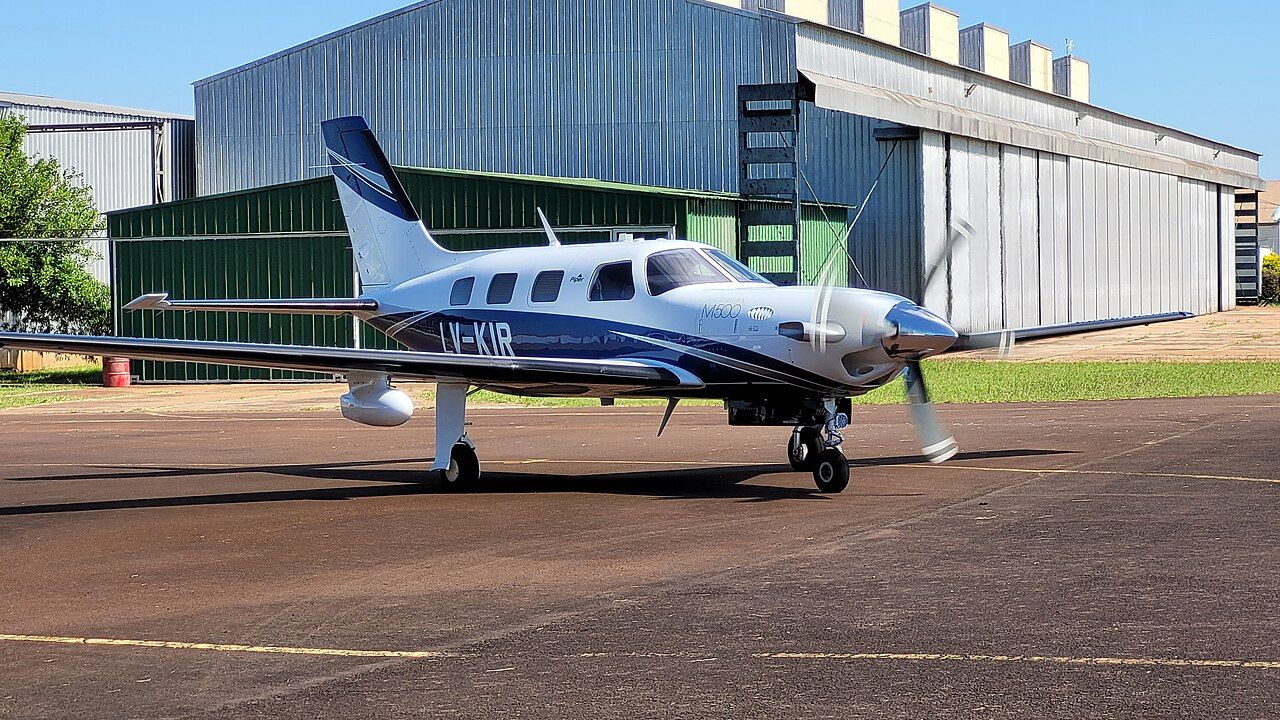 M500
M500
Year introduced: 2015
Shortly after introducing the M350, Piper expanded its M-Class aircraft. This time, however, Piper was upgrading the Malibu Meridian, with the new aircraft being designated as the M500. Several new features were added to the older aircraft. Many of these upgrades were found within the cockpit and followed the introduction of the Garmin G1000 NXi avionics suite. These upgrades include:
- Automatic wing-level function
- Control override to prevent exceeding the flight envelope
- Automatic Dependent Surveillance-Broadcast (ADS-B)
The aircraft has slightly larger fuel tanks to expand its range, and it has an upgraded Pratt & Whitney PT6 engine. The lightweight airframe helps the aircraft achieve a top cruise speed of 260 knots (300 miles per hour).
M600
Year introduced: 2016
Shortly after Piper released the M500, another upgrade was developed. This was a more significant upgrade, later designated the M600. Piper installed an extremely powerful Pratt & Whitney PT6 turbofan engine, which provides the aircraft with nearly 600 horsepower. This helps the aircraft reach a maximum speed of 274 knots (315 miles per hour).
Photo: Piper Aircraft
The newer M600 also has a range of 1,484 nautical miles (1,708 miles), which is an improvement from the M500’s 1,000 nautical miles (1,150 miles) range. It also added nearly 1,000 more pounds to its maximum takeoff weight (MTOW), a fuel capacity that holds 90 more gallons than the M500, and a large overall payload. The M600 features the Garmin G3000 avionics system with additional safety improvements, like an anti-hypoxia system similar to the M350. Newer models even feature an autoland system, which was introduced in 2020.
M700 Fury
Year introduced: 2024
The newest aircraft that Piper entered into the M-Class is the M700 Fury. The upgraded variant was first introduced in 2024 and was certified by the Federal Aviation Administration (FAA) in February. Deliveries of the aircraft began shortly after.
Photo: Piper Aircraft
The aircraft retained the Garmin G3000 avionics system, which includes the HALO system, the anti-hypoxia safety system that previous models utilized. Additionally, Piper upgraded the engine to an even more powerful Pratt & Whitney PT6 turbofan engine. This time, the upgraded engine provides 700 horsepower, which allows the aircraft to reach 301 knots (347 miles per hour). It also has a range of 1,424 nautical miles (1,639 miles) and a service ceiling of 30,000 feet. The aircraft can also take off and land on runways under 2,000 feet.

